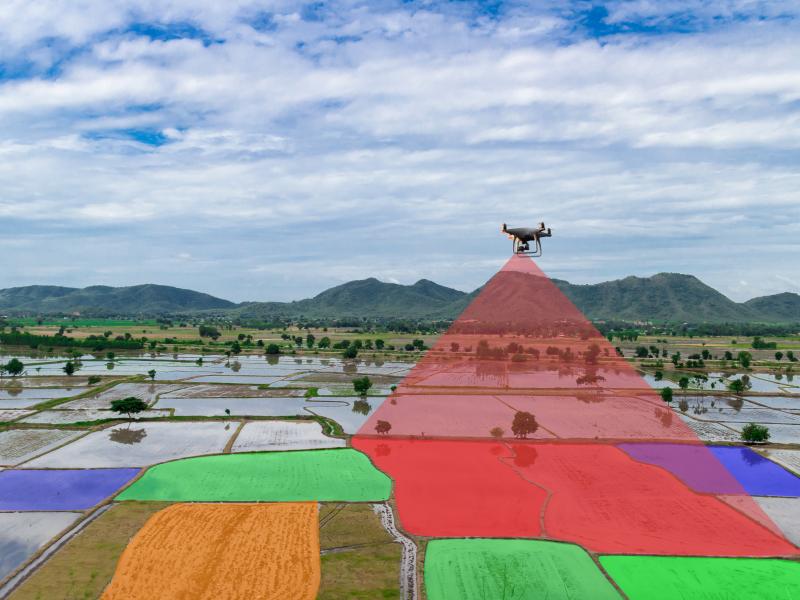Precision agriculture

Description of the innovative solution
Traditional commercial farming is often heavily reliant on inputs including pesticides, herbicides, and fertilizers, which are indiscriminately applied in excess across fields. This has notable issues, not only in the costs associated with overusing inputs, but on the health of the fields themselves, the farmers, as well as having notable pollution concerns from nitrogen runoff. Precision agriculture proposes the use of various technologies to improve resource allocation while also increasing crop yields. For example, the use of micro irrigation, fertiliser, or fertigation systems can all help...
Traditional commercial farming is often heavily reliant on inputs including pesticides, herbicides, and fertilizers, which are indiscriminately applied in excess across fields. This has notable issues, not only in the costs associated with overusing inputs, but on the health of the fields themselves, the farmers, as well as having notable pollution concerns from nitrogen runoff. Precision agriculture proposes the use of various technologies to improve resource allocation while also increasing crop yields. For example, the use of micro irrigation, fertiliser, or fertigation systems can all help to optimise water and nutrient use, increase productivity, and minimise environmental losses of nutrients. These methods are all applicable in both urban and rural settings, thus giving precision agriculture the potential to positively transform all types of agriculture.
Examples and additional resources
Real-world examples
See this solution in action in different contexts and settings around the world
ISOBlue: Opensource agricultural data hub
Trapview
Illuminum FarmShield™ and Drip Irrigation Kits
SyeComp
SyeComp
Additional resources
Learn more about this solution through studies, articles, business cases, and other information
Precision Agriculture and Sustainability
Contacts
Connect to others working on and with this solution around the world
Pathways to uptake
Engage with our “backcasting tool” to imagine and design “pathways to uptake” for this solution in your setting.
This process involves defining a future vision of this solution being used in your context, and then working “backwards” to identify necessary steps to achieve this vision by 2030. Going through this exercise as an individual or with a team can help to clarify the WHAT/WHEN/HOW of moving a solution (or package of solutions) towards having major impact. We hope these pathways will inspire outside-of-the-box thinking, creative approaches, and actionable concrete steps to move ideas into action.
Pathway builder
Explore pathways for this solution
Be the first one and add a pathway for this solution!